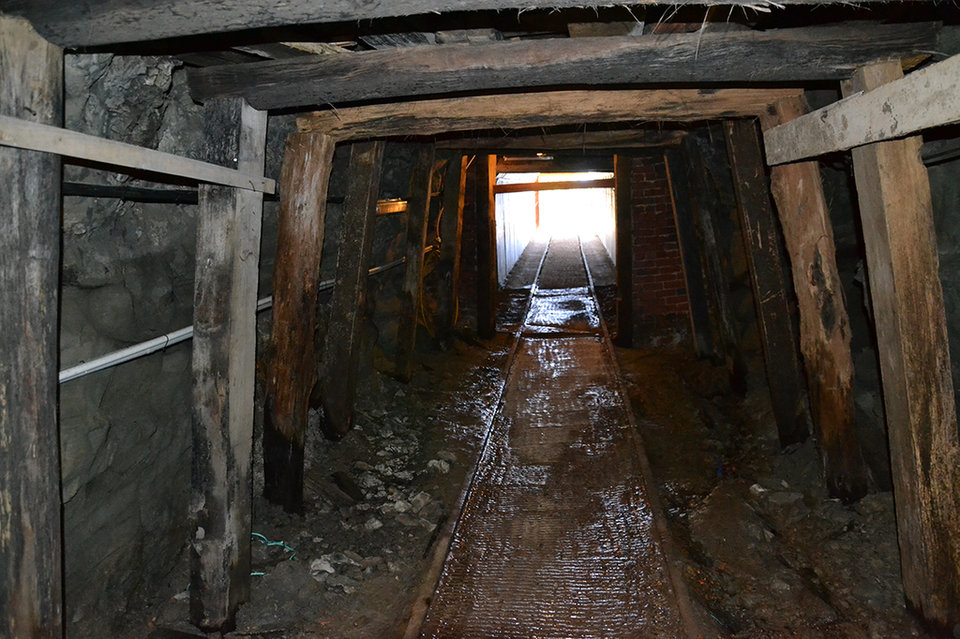
Coal
"Maximise profits in the endgame": Australia's addiction to coal
In early October, Australian Environment Minister Sussan Ley approved a third coal mine extension in the space of a month. Zachary Skidmore examines the implications of this decision and considers whether Australia can break its addiction to coal.
A
s more and more countries, banks, and asset managers divest from coal, its eventual phase out seems to be on the horizon. However, a number of countries are stubbornly resisting efforts.
Australia in particular is finding it hard to break its addiction. Coal remains a key player in its energy mix, contributing 54% of total energy in 2020. It was also the largest exporter of coal in 2020, accounting for 39.5% of total exports.
This has led to ideological divisions over the future of coal permeating Australian society, politics, and media, with the majority of politicians accused of siding with the industry. In early October, Australian Environment Minister Sussan Ley approved a third coal mine extension in the space of a month. The extension at Glencore’s Mangoola thermal coal mine in New South Wales followed extensions at the Whitehaven coal mine and the Wollongong coal mine earlier in September.
The decision caused uproar amongst environmental campaigners, who argue that there should be “no moral, legal, or rational way” that Ley could now approve the project. Australia has a clear divide between policymakers and civil society over what role coal should play in Australia’s future.
Policymakers have so far rejected the notion of a complete phase-out under the belief that emission reductions are possible alongside maintaining Australia’s highly developed resource sector. Instead, they are stressing a technology over taxes approach where the use of technologies such as carbon capture and storage (CCS) will mitigate the overall emissions of its resource and power sector.
However, with CCS and other carbon sequestration technologies still a way off from large-scale deployment, doubts remain over the applicability of maintaining high coal production whilst simultaneously reducing overall emissions.
Prime Minister Scott Morrison released a plan to meet net zero by 2050 on 26 October, but with significant detailing missing from the proposal, there remains significant doubt as to the country’s commitment. On the eve of COP26, where the phasing out of coal this decade will firmly be on the agenda, Australia’s addition will remain front and centre.
The value of coal
The extension of these three mines is the latest in a long line of decisions that have favoured the coal industry.
In the past year alone, federal and state governments funnelled A$10.3bn in tax breaks and subsidies to the fossil fuel industry. According to a report published by The Australian Institute think tank, almost three-quarters of that came in the form of rebates paid to large users of fuel, such as miners and farmers.
As a result, Australia has only managed to reduce its overall emissions by 4% between 2013 and 2021. In a recent document leak, it was also revealed that Australian Government officials lobbied to amend a UN climate report that argued for fossil fuel power stations to be urgently phased out. In addition, they requested that the country be removed from a list of the world’s leading producers and consumers of coal.
What we are doing is trying to maximise profits in the endgame.
Richard Denniss, the chief economist at The Australian Institute, has argued that these actions are simply part of Australia’s foreign policy, which for decades “has been to undermine other countries’ ambitions to reduce emissions so that we can continue to sell enormous amounts of coal and gas”.
Denniss adds: “What we are doing is trying to maximise profits in the endgame. That’s why there is a rush to approve new coal mines. We know that in 30 years, no one will be buying coal. But if we flood the market and push the price down, we can still sell some for the next 15 years.”
A continuation of this policy could have a disastrous impact on efforts to fight climate change. In a study published by Nature, researchers found that even if 89% of global and 95% of Australia’s reserves were left untouched, it would still only offer a 50% chance of limiting warming to 1.5°C above pre-industrial levels.
Technology over taxes
The IMF has argued that carbon taxes are one of the most effective means of reducing carbon emissions. However, Australia has eschewed their use, instead espousing a technology over tax policy.
“As our government has repeatedly stated, technology holds the key to future emissions reductions, including carbon capture and storage, which can contribute to a reduction in coal-fired power station emissions by 90% or more”, Minister for Resources and Water Keith Pitt stated.
The government has vehemently opposed the early closure of ageing coal-powered electricity plants — arguing that relying too much on renewables could lead to power cuts — and recently funded a feasibility study into building a new coal plant in Queensland.
With the right mix of technologies and policies, Australia is easily capable of reaching net zero well before 2050.
Instead, Australian Prime Minister Morrison has suggested: “The smart way in dealing with this to get emissions down … is to focus on the technology and make sure that technology is affordable and scalable.”
Critics of this approach include the Labor Party’s climate change spokesman, Mark Butler, who said a technology target would be a throwback to 2007, when then Prime Minister John Howard and US President George W. Bush rejected emissions reduction targets, agreed under the Kyoto Protocol, in favour of a “technology approach” that included support for nuclear power and “clean coal”.
However, Martijn Wilder, a partner at climate advisory and investment firm Pollination, has tempered concerns, arguing that focusing on technology could be effective if backed by strong policy inducements.
He says: “With the right mix of technologies and policies, Australia is easily capable of reaching net zero well before 2050 and, in doing so, building a robust decarbonised economy.”
Civil societies’ opposition
The decision to extend the life of these mines led to an exasperated response by Australian civil society and environmental campaigners.
Georgina Woods, the Lock the Gate Alliance’s New South Wales coordinator, said in response to the extension: “Coming as it does just a month before pivotal global climate change negotiations, it is frankly alarming to witness this country digging itself deeper into its obstinate refusal to take climate change and rural sustainability seriously.”
Campaigners had hoped that a federal court ruling in July, which declared that the nation’s environment minister has a “duty to take reasonable care” that young people won’t be harmed or killed by carbon dioxide emissions if she approves a coal mine expansion, would set a precedent against further expansion.
It is frankly alarming to witness this country digging itself deeper into its obstinate refusal to take climate change seriously.
The Australian Government’s support of the industry has led to a split amongst the states, with some state governments going forward with their own decarbonisation plans. New South Wales, which exports the most thermal coal of all the Australian states, announced a A$3bn hydrogen investment plan focused on developing green hydrogen hubs in the coal-producing regions of the Hunter Valley and the Illawarra.
This has furthered the ideological divisions present within Australia about the future of coal and its drive towards decarbonisation. It seems clear that the Australian Government is not prepared to sacrifice the fiscal benefit of the industry to stave off environmental disaster.
// Main image: Underground Coal Mine - Korumburra Victoria Australia 6th Jan 2012. Credit: Alex Fonda / Shutterstock.com

// 3D System Model and Completed Installation. Credit: Deimos